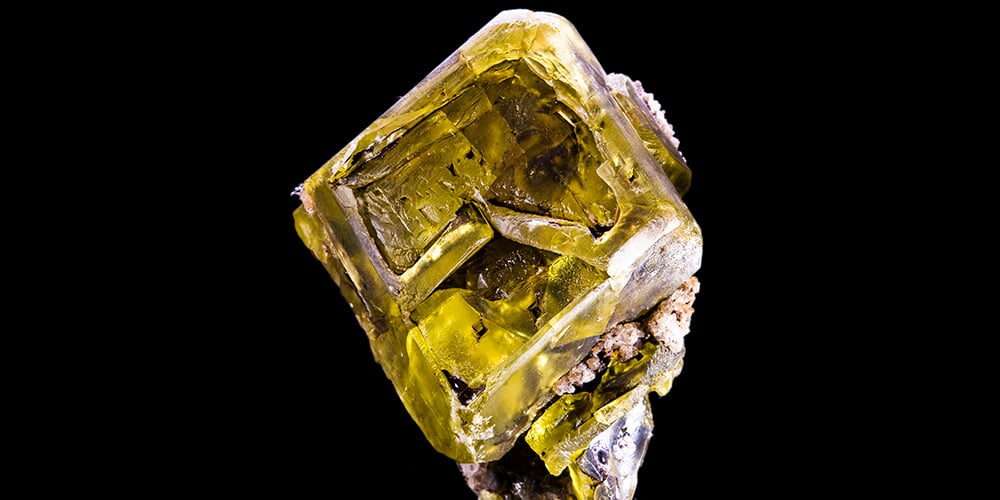“Calatenixet …resolvitur Castrum foeminarum” (Goffredo Malaterra, De rebus gestis Rogerii Calabriae et Siciliae comitis et Roberti Guiscardi ducis fratris eius).
A curious city, at the center of everywhere and nowhere at the same time. A no place full of human ingenuity and history, fundamental elements of the Sicilian past. An active center both under Byzantine and Arab rule, Caltanissetta evidences an historic importance which goes well beyond a simple chronicle of contemporary times. The city, in fact, is frequently cited as the seat of a Tribunal and of the judicial offices of the Public Prosecutor of the Republic of Italy.
Bombarded during World War II, many important buildings have nonetheless remained: the Cathedral, or Duomo, di Santa Maria la Nova (1560); the Abbey of Santo Spirito (1153) with its archaeological Museum; the churches of Sant’Agata al Collegio (1610), Santa Maria degli Angeli (1250), San Giovanni, San Sebastiano (1711), San Domenico (1400), and Santa Croce (1590); the monumental “cemetery of the angels” ( Cimitero Monumentale degli Angeli); the convent of the Cappuccini friars; the Palazzo del Carmine palace (the city hall); the Moncada (1600)Palace; and, finally, the Mineral, Paleontological, and Sulfur Mine Museum. We shall repeat it here: number one in Italy.
A flourishing agriculture and viticulture exists in the countryside around the city. Among the wine-producing estates: Masseria del Feudo, Lombardo Vini, Grottarossa, Feudo Principi di Butera. And, as well, Maurizio Spinell’s Santa Rita bakery, one of Italy’s finest.
Articles:
1. Antichi Ricordi, the charming “extended” hotel in Caltanissetta
2. Aria, the little big restaurant of Caltanissetta
3. Castiglia 1888,good ha san ancient heart: Bistrot & Butcher Shop
4. The Bonfanti Experiment: Enoteca Nero d’Avola & Co. in San Cataldo (CL)




